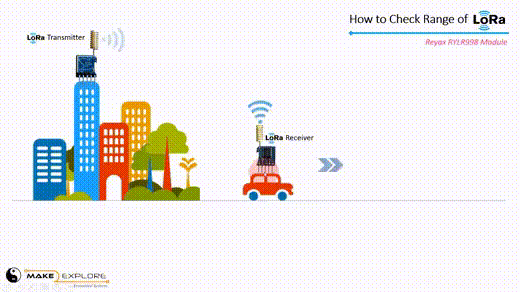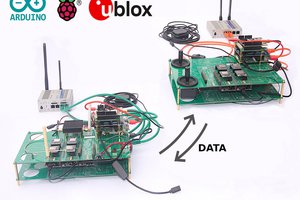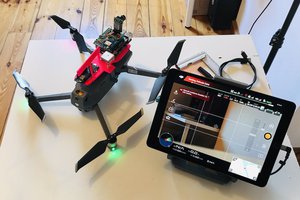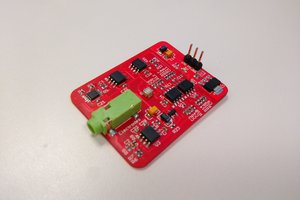Greenhouse, also called glasshouse, building designed for the protection of tender or out-of-season plants against excessive cold or heat.
A greenhouse is a safe haven for plants. It reduces the accessibility of insects and animals that have the potential to damage or destroy your plants. Greenhouse environment reduces exposure to extreme weather conditions such as torrential rain and droughts.
The importance of greenhouses - Inadequate food supply due to high population growth is a global threat. Due to major issues like climate change soil erosion and biodiversity loss etc. Food production by conventional means is not sufficient. Therefore, agricultural production in a greenhouse with highly controlled environmental conditions is expected that the production contributes to a stable supply of agricultural commodities regardless of the weather.
Problem Statement -
In modern Smart Greenhouse Systems - IoT based Monitoring solutions uses different wired or wireless technologies like Wi-Fi, Bluetooth, ZigBee, RF etc. for data communications. Cellular/GSM services also used for sending data to Internet cloud or any other distant monitoring locations.
But sometimes there may be areas where no signal/coverage of cellular services available. Now suppose, a farmer who has big cropland spread in multi-hectares. A big greenhouse is built in it. In such case use/installation of above wired/wireless technology infrastructure will not cost efficient. In this case use of LoRa wireless technology can play important role in communication.
But sometimes there may be areas where no signal/coverage of cellular services available. Now suppose, a farmer who has big cropland spread in multi-hectares. A big greenhouse is built in it. In such case use/installation of above wired/wireless technology infrastructure will not cost efficient. In this case use of LoRa wireless technology can play important role in communication.
There are several LoRaWAN based Smart Greenhouse monitoring services, provided by reputed companies. for example Seeed Studio's SenseCAP LoRaWAN Wireless Network Solution. and Laiwu Tropical Fruit Cultivation Project based on it. In these solutions subscription to LoRaWAN IoT Gateways and LoRaWAN IoT Networks is mandatory in order to get connected to global cloud.
Proposed Solution- Our Solution is for the areas where there is neither coverage of Cellular/GSM nor LoRaWAN IoT Networks like, Semtech, The Things Network etc. **Since our area has very poor connectivity of LoRaWAN Gateways, we will consider (Peer-To-Peer) Network scenario for implementation of our project as more sophisticated than LoRaWAN.
Our solution is simple design of P2P LoRa Network which consist of one Node (End Node) deployed at Greenhouse which collect (Different sensors data) send it to another Node (Gateway) via LoRa. This DIY Gateway has same working principle as of professional LoRaWAN Gateways, which is to receive whatever (LoRa) data coming from End node and then connect it to mainstream IoT cloud/Internet.
Sometimes, where there is very low coverage of cellular services. like a remote villages in underdeveloped countries. Deploying IoT based solutions in a such areas is very challenging task. Here LoRa technology can play important role. Let me show you one scenario (Shown in above Image) which we can implement as solution using LoRa.
- Suppose there is a farmer, who’s large agricultural land is in village or in area which comes in shadow "region C" (as shown in above image), means, area which have no connectivity of Wi-Fi, GSM, Cellular or Ethernet. This region can be 5 to 10 miles away from bigger cities or towns where good connectivity to internet is available. Now Suppose, there is a Green House in area...
 make2xplore
make2xplore


















 Blecky
Blecky
 Capt. Flatus O'Flaherty ☠
Capt. Flatus O'Flaherty ☠
 Enrico Miglino
Enrico Miglino
 Alvaro Villoslada
Alvaro Villoslada
Future Experiments -
Currently Transmitter node is only programmed to act as a sender, so it only gather all parameters and send to receiver node(Gateway) via LoRa. But it can also enhanced to work in Ping-pong mode (Full Duplex mode), means It can transmit data as well as receives some command to control the environment. If this is possible then we can tweak with the existing edge level automation, configuration, can add notification systems and so on.
Credits -
Thank you Reyax Technology, for supporting this project with hardware. Furthermore we'd like to thanks to all the peoples, websites and entities who helped us (directly/indirectly) in this project.
Suggestions about Project design, Circuits, source code modifications, Optimization, Errors/Bugs findings and queries are most welcomed.